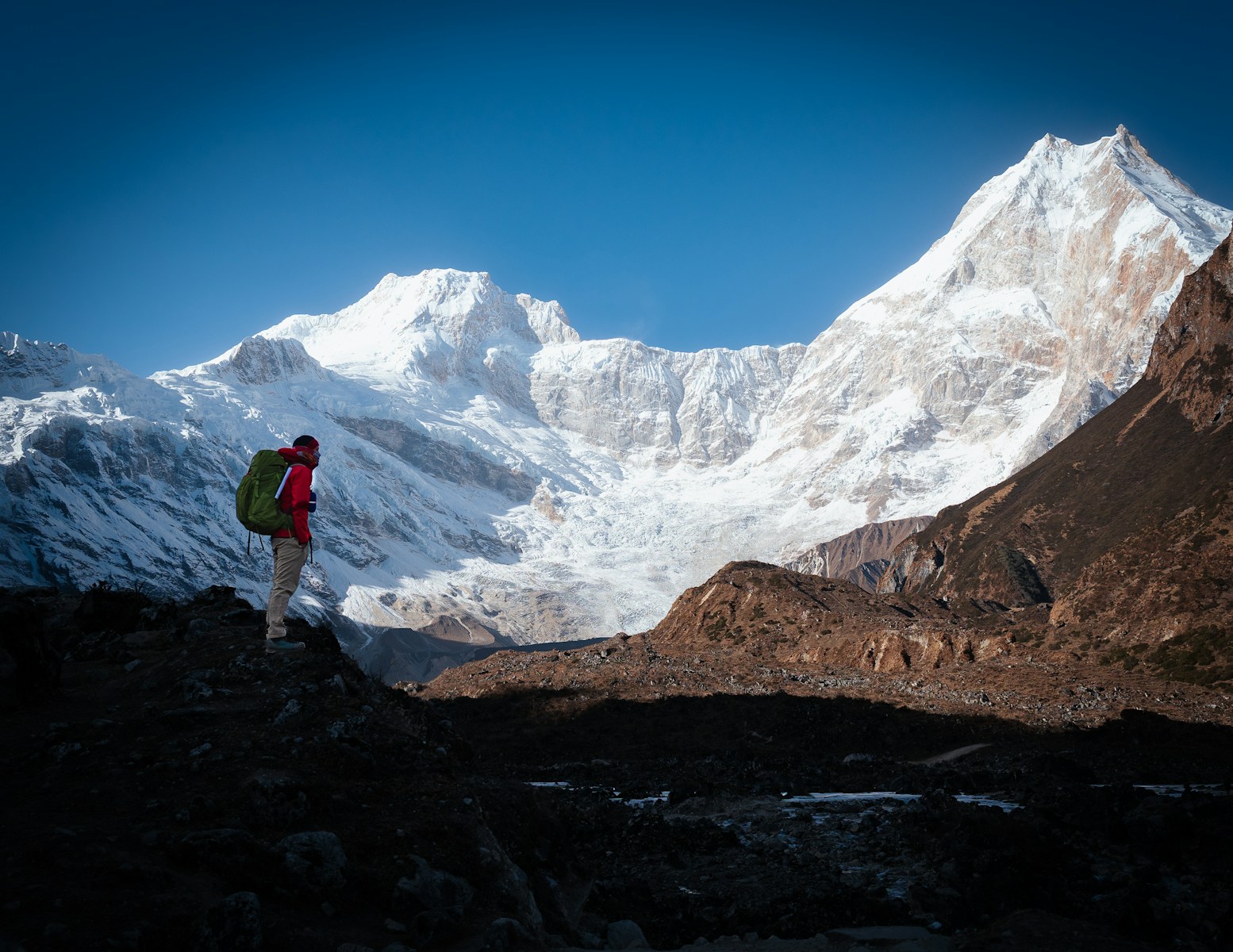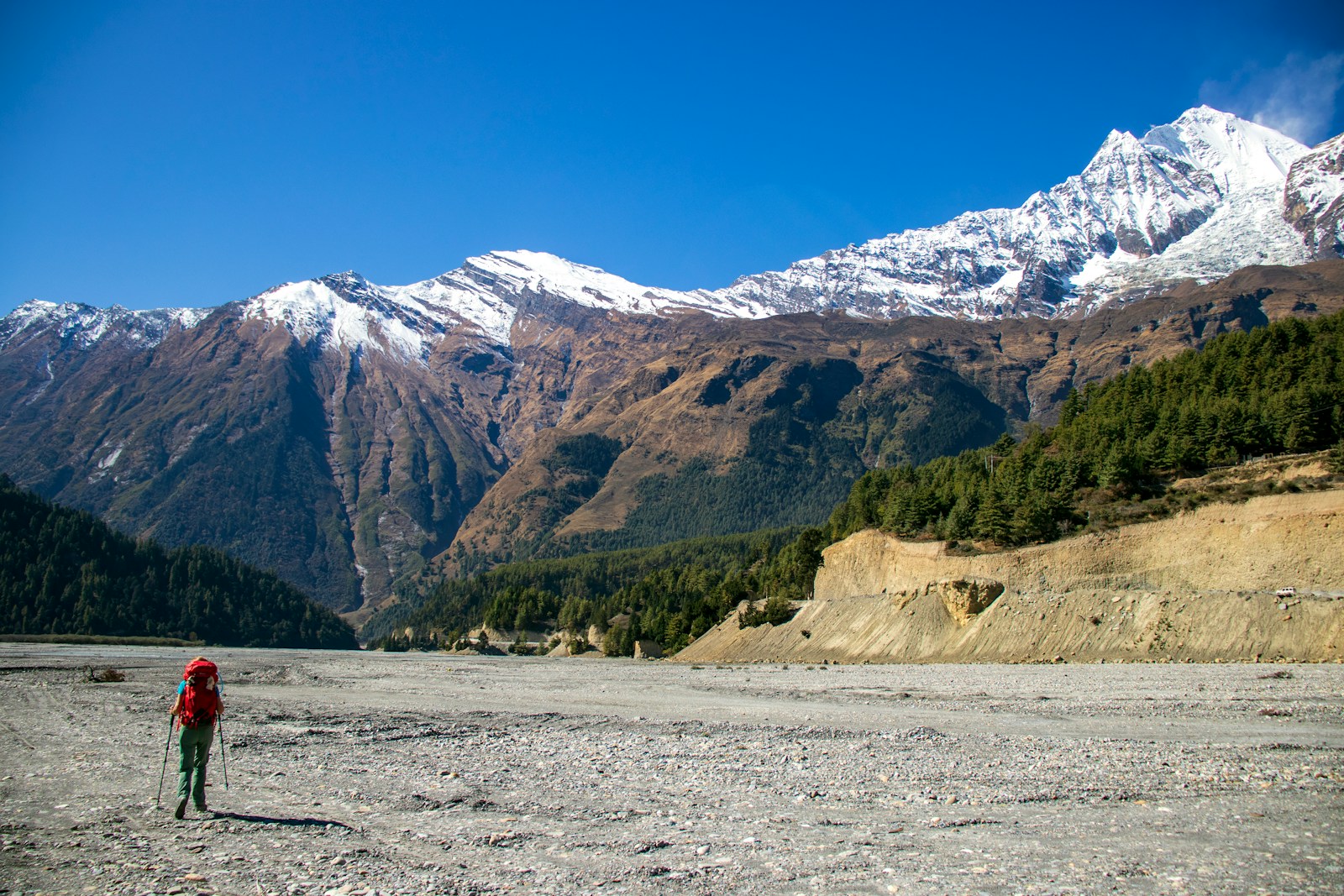The Department of Immigration, Nepal, has announced a complete shift to an online portal for the issuance of the Tourist Identification Management System (TIMS) card permits. While the initial phase provided direct assistance to tourists and agencies through agency branch staff for ease of transition, the department has now strictly prohibited such direct contact. This decision comes after identifying that intermediaries’ interference resulting from physical contact was hindering good governance and transparency.
The department urges all service seekers to submit applications solely through the online portal and to refrain from contacting any staff or middlemen. This move is expected to achieve a goal of responsible and fair service delivery. The department stated that online applications submitted by agencies will be processed within one working day. Applications received after 3 PM will be completed by 1 PM the following working day.

For applications where revenue has been paid, the TIMS card will be available for download on the online portal simultaneously. In case of any technical or other issues, applicants are advised to contact the helpline number provided on the portal. If the phone is not answered, messages can be sent via WhatsApp or Viber. The department clarified that regular services, except for rescues, will not operate during public holidays or outside office hours.
The department stated that applications with incomplete documents or insufficient fees will be rejected, and a notification with the reason will be provided online. Therefore, applicants are urged to ensure all necessary documents and fees are complete before submission.
Mandatory Guide Rule and Affected Areas
The department’s move reinforces the policy, effective from April 1, 2023, which prohibits foreign tourists from trekking independently without a guide or trekking agency in Nepal. Data from 2019 showed that approximately 50,000 tourists trekked without a guide, which increased incidents of trekkers getting lost, difficulties in tracking their activities, and elevated security risks.
The policy making a guide mandatory for trekking is aimed at making the activity safe, respectable, and environmentally sustainable. As the TIMS card cannot be obtained without a guide, all tourists must submit their online applications through an authorized trekking company. The department states that this has simplified and expedited the process by removing the need for physical presence. The department appeals to all concerned parties to fully utilize the online system and stay away from illegal activities.
The Nepal Tourism Board has clarified that all treks, including those like the Annapurna Circuit Trek done on mountain bikes, must comply with the new rule enforced since April 2023. Individuals wishing to trek on mountain bikes can contact a trekking agency in Nepal for a guide to accompany them. This rule applies to all foreign trekkers.

The Tourism Board also made it clear that a TIMS card is required in all areas falling within National Parks or Conservation Areas, such as Chame and Muktinath, and a guide and permit must be obtained through an agency for these areas. However, the rule does not apply to hiking around Kathmandu or Sarangkot. The government has designated areas where the TIMS card is applicable, and the rule applies to all National Park areas in the mountains, but not to the outskirts of Kathmandu Valley, Pokhara, and hiking areas in and around major cities.
It is mandatory to hire a licensed trekking guide through a government-registered trekking agency; simply having one’s own guide is not sufficient. To verify the legitimacy of a trekking agency, one can check the websites of the Department of Tourism and the Trekking Agencies Association of Nepal. The Tourism Board emphasized that not following the new rule is a punishable offense.
The rule also applies to trail runners and fast packers, who must ensure that the trekking agency can provide a guide that meets their specific requirements. This rule is applicable to diplomats as well as expatriates residing in Nepal, but not to Nepali citizens. While the guide rule does not apply to a motorcycle or bus ride to Muktinath, individuals traveling there must still obtain the TIMS card and the Annapurna Area Permit.
Areas Requiring TIMS Card and Permits
The mandatory Tourist Identification Management System (TIMS) card and permits are required for foreign trekkers across a wide range of Nepal’s mountain regions. These regulations apply to numerous popular and remote trekking routes.
In the Kanchenjunga Region, trekkers must obtain the necessary permits for the Kanchenjunga Base Camp Trek, including variations via Sele La Pass and Nango Pass, as well as the Lumba Sumba Pass Trek. Similarly, in the Makalu Barun Area, permits are essential for the Makalu Basecamp Trek and the challenging Sherpeni Cole Pass Trek. The world-renowned Everest Region requires permits for all its major routes, such as the Everest Basecamp Trek, Gokyo Trek, Chho La Pass Trek, Gokyo Renjo La Pass Trek, the comprehensive Three Passes Trek, the Everest View trek, Mera Peak Trek, and Amphu Labtsha Pass.
Moving to the central regions, the Rolwaling Region mandates permits for the Rolwaling Trek and the Tashi Labtsha Pass Trek. The Panchpokhari Bhairabkunda Area is covered by the rule for the Panchpokhari Trek. In the Helambu Region, permits are required for the Helambu Trek and the Goshaikunda Trek. The Langtang Region also falls under the regulation, encompassing the Langtang Trek, Langtang Gosaikund Trek, Tamang Heritage Trek, Tamang Heritage Langtang Trek, Ganja La pass Trek, and Till Man Pass. Furthermore, the Ganesh Himal-Ruby Valley Area requires permits for the Ganesh Himal – Ruby Valley Trek.

The highly popular Manaslu Region and Annapurna Region are subject to the same requirements. This includes the Manaslu Circuit Trek, Manaslu – Tsum Valley Trek, Tsum Valley Trek, and for Annapurna: the Annapurna Circuit Trek, Nar Phu Annapurna Circuit Trek, Mesokanto/Tilicho Pass Trek, Poon Hill-ABC Trek, Khopra Trek, Mardi Himal Trek, and Sikleh Tara Hill Trek.
Permits are necessary for treks in the western and far-western regions. The Mustang Region includes the Upper Mustang Trek and the Sarebung Pass Trek. Trekkers on the Round Dhaulagiri trek in the Dhaulagiri Region must also comply. In the remote Dolpo Region, the rule covers the Upper Dolpo – Jomsom Trek, Upper Dolpo Trek, Lower Dolpo Trek, and the Kagmara Pass Trek. Lastly, the Humla Region requires permits for the Humla Limi Valley Trek. In summary, any foreign tourist undertaking a trek in any of these designated mountain regions must obtain a TIMS card and relevant permits through a government-registered trekking agency.
The Nepal Tourism Board advises that the first step for any prospective trekker is to find out if a trekking guide and TIMS card are required for the intended route. If they are, it is suggested to contact a government-registered trekking agency to arrange for the guide and the card.
To purchase the card, agencies must fill out a registration form with the details of the trekkers, guides, and the trekking routes. The fee for the TIMS card is set at NPR 1,000 for citizens of SAARC and South Asian countries, and NPR 2,000 for others. This amount can be paid online.
Support NepYork – Your Nonprofit News Media for the Nepali Community
NepYork, a 501(c)(3) nonprofit, is the Showcase of Nepalis in New York, delivering timely local news and vital resources on immigration, housing, taxes, health, business, and more. Our mission is to safeguard community journalism, amplify the voices of Nepali immigrants in NYC, and foster understanding, solidarity, and empowerment.
By donating to NepYork, you help us enhance participation in democracy, improve access to essential resources, and share authentic stories that reflect the vibrant, diverse experiences of Nepali New Yorkers. Together, we can connect, inform, and empower our community. Every contribution ensures these voices are heard and valued.
Donate today to keep Nepali stories alive and thriving in New York!




